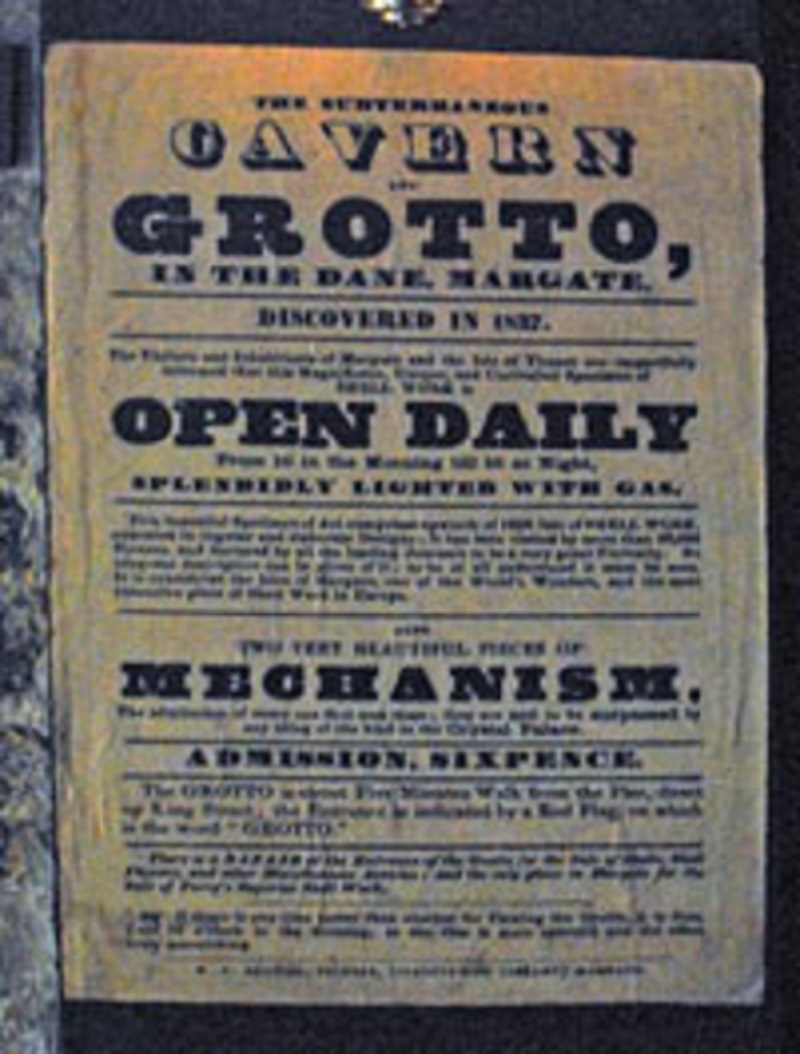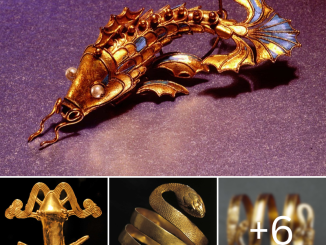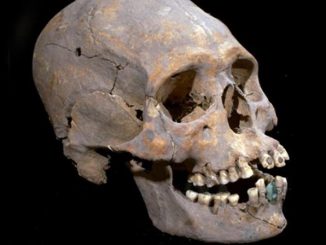https://model.icusocial.com/the-mysterious-seashell-cave-of-margate-part-ii/Thirty-five miles north of Dover, a 40-minute drive, one can find the English town of Margate in Kent – a coastal town of 57,000 people and a proud maritime history. Since 1760, Margate has been a favorite holiday destination for many Londoners thanks to its sandy beaches. Over time, there have been several fierce fires that destroyed several historic buildings. In the middle of the last century, fierce fighting between different groups caused the coastal town to fall somewhat into oblivion. Although the place tries its best to look like a trendy resort, it’s still a typical British seaside with its faded glory. Along the promenade you will find hotels, fish shops and a clock tower. The tower was built in 1887 to celebrate Queen Victoria’s 50th anniversary. Further to the harbor, you’ll find a bronze statue of the seashell lady – a character based on souvenir dolls made of seashells. This woman represents Mrs. Sophie Booth, landlady of the painter JMW Turner (1775-1851), who lived by the sea in her house. Turner is known for his paintings of seascapes. This house is now a contemporary art museum.
Cave
What makes Margate special is the presence of a mysterious cave. Caves are located under houses with gardens at a depth of no more than two meters.
The word cave originally comes from the Italian word cave, in Latin crypta. Caves can be formed artificially or naturally. During its natural formation, limestone (calcium) dissolves in carbonated water. If this happens you will often find stalactites there.
Caves have always played an important role in human history. They were used as shelters or as places of honor. Among other places, Lascaux (France) beautiful rock paintings prove it. In the ancient Roman Empire, caves also played an important role. The Oracle of Delphi spoke in a cave and the largest and oldest cemetery near Rome was found in it. In Homer’s Odyssey, the cave plays an important role when Odysseus defeats the Cyclops Polyphemus. Plato used the cave in an allegory to express his views on the human condition and to explain human knowledge in relation to reality. Even today there are caves where people revere them. For example, the Massabielle grotto in Lourdes where the Virgin Mary is said to have appeared to Bernadette in 1858.
From the 16th century onwards people created grottoes in the gardens of Italy and France. Decorated with fountains, waterfalls, water nymphs, precious stones and seashells, they were used as baths, chapels or theaters. It is known that in England there are about 20 to 30 caves of this type. However, what is surprising is that the town of Margate, in a remote corner of Kent, has two. (Second cave: Margate cave has been closed since 2004 due to health and safety risks.)
Seashell cave
In 1835, local schoolmaster James Newlove wanted to build a duck pond in his garden. While digging, his shovel disappeared into a crevice beneath a displaced rock.
He lowered his son Joshua down a rope to retrieve the item. When he returned, the boy told about the tunnels filled with shell decorations.
To facilitate access to the cave, a horizontal passage was dug and the cave was first opened to the public in 1837. The dark corridors were lit by gas lamps. The entrance used by Newlove is now closed with a blind door. The current entrance is on Grotto Hill, a street that has clearly existed for a long time. The cave is privately owned but is on English Heritage’s list of buildings of architectural or historical interest.
What makes Margate’s shell cave so mysterious is that nothing is known about it. We do not know when the cave was built, by whom and for what purpose. The amount of time and effort put into it is evident from the decorations you find inside. More than 4.6 million seashells, stretching over 21 meters (more than 600 m2) of seashell mosaics, decorate each wall and ceiling of the cave. Since its discovery in 1835 people have speculated about the site’s true significance.
As you descend a few steps from the pub, you will enter a room where the history of the cave is told. From there you can enter the cave through the new entrance, the only unadorned hallway. This corridor is 2 and a half meters high, more than 1 meter wide and exits into two tunnels leading to the roundabout. Where the two tunnels of the roundabout join together, there is a dome 1 meter in diameter, with a 40 cm opening to the outside. This is the original hole into which James Newlove dropped his shovel. From the dome there is a winding hallway leading into the altar room. As soon as you enter you will see the altar. The east wall and ceiling were seriously damaged in 1940 during an artillery bombardment.
The walls of the cave are divided into zones and each zone has a specific theme. Many designs can be interpreted in many ways. At times, the design is reminiscent of Indian or Egyptian design. With a little imagination you can create a turtle, a crocodile, trees, flowers, gods, goddesses, the sun, the moon, the tree of life, a trumpet, a three-pointed star and even recognize penises. However, you will not find any symbols that refer to Christianity.



